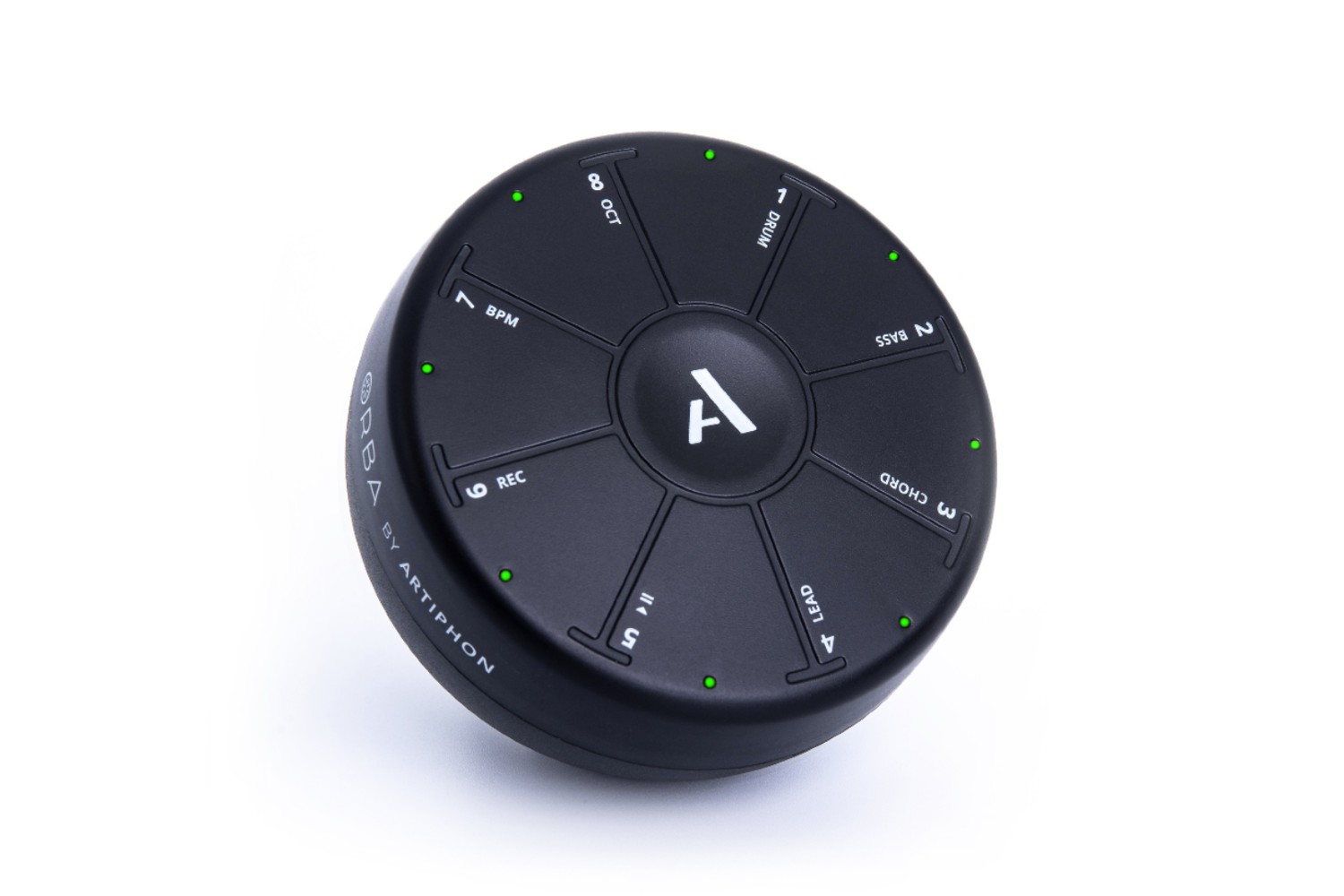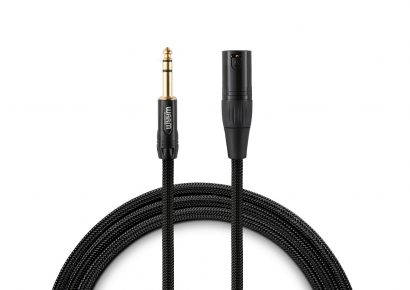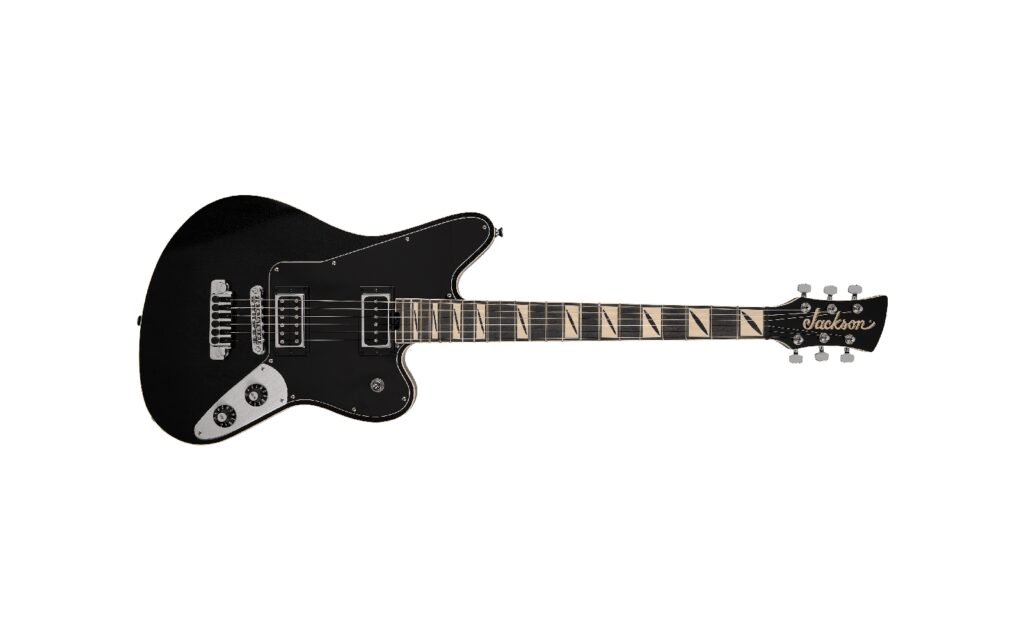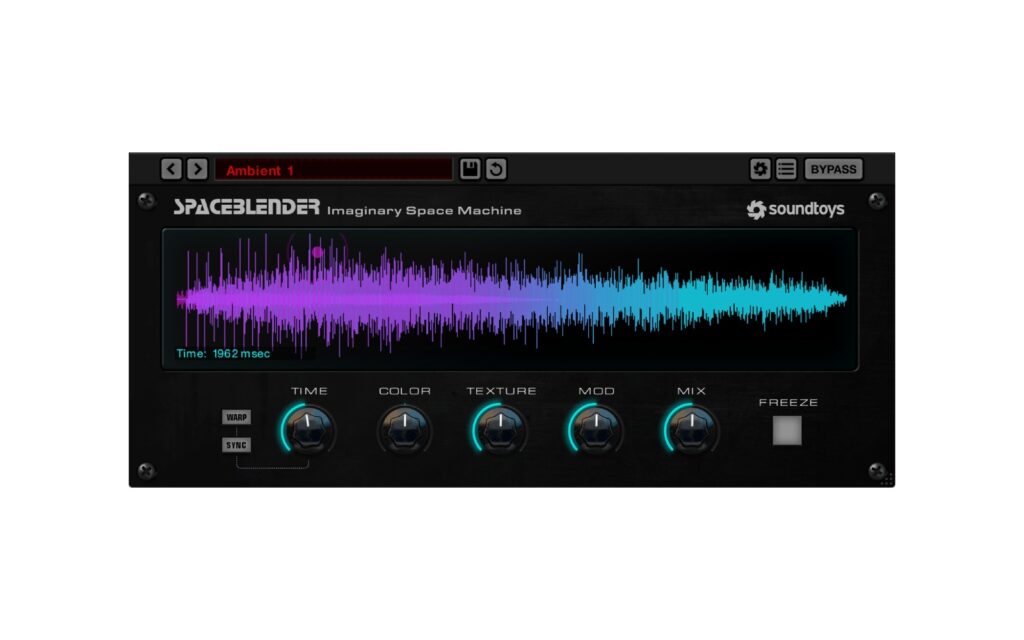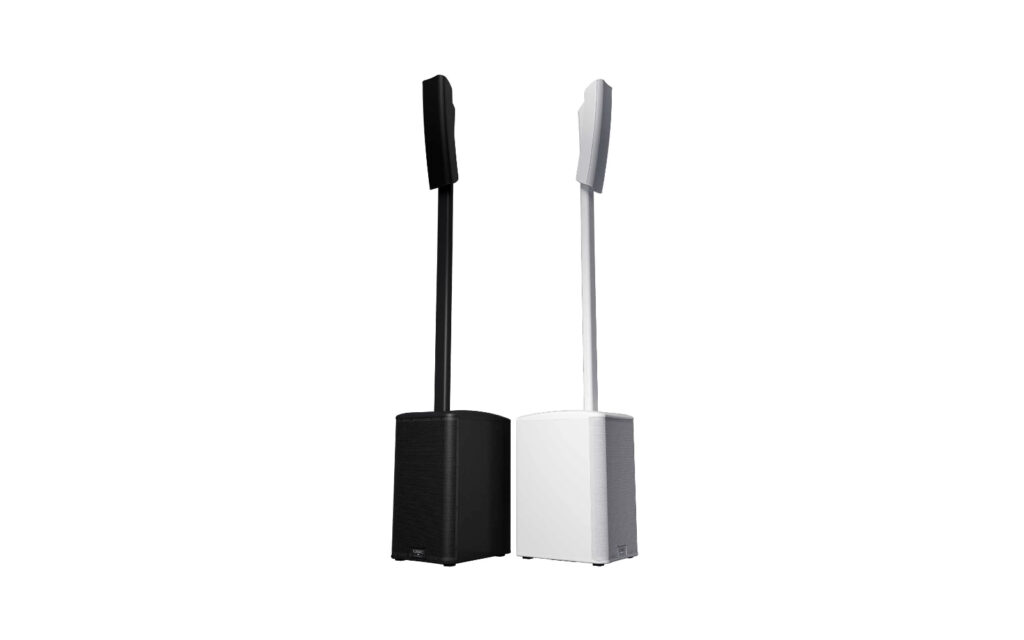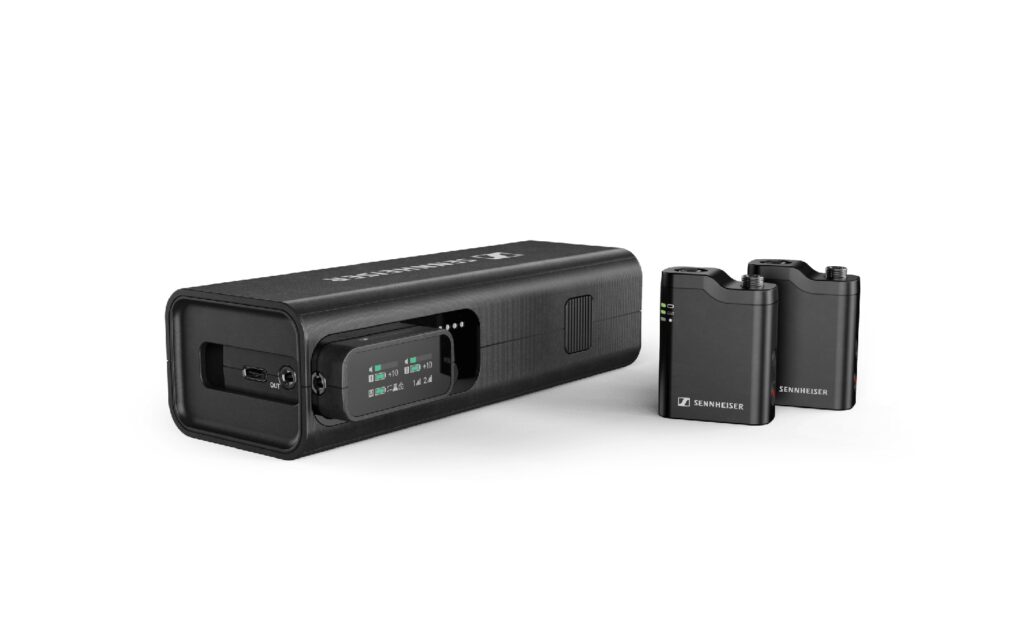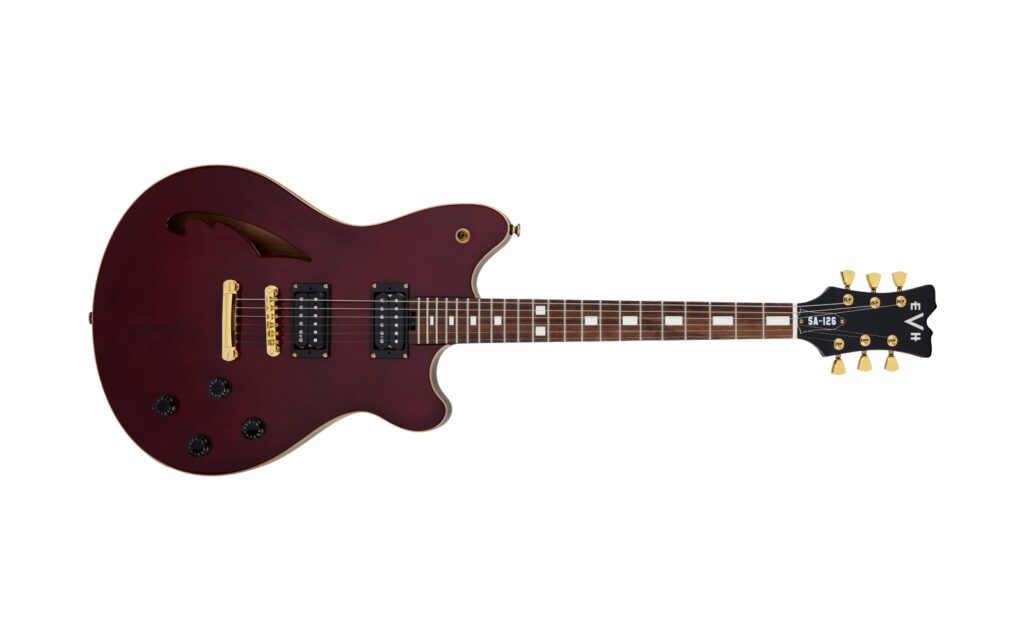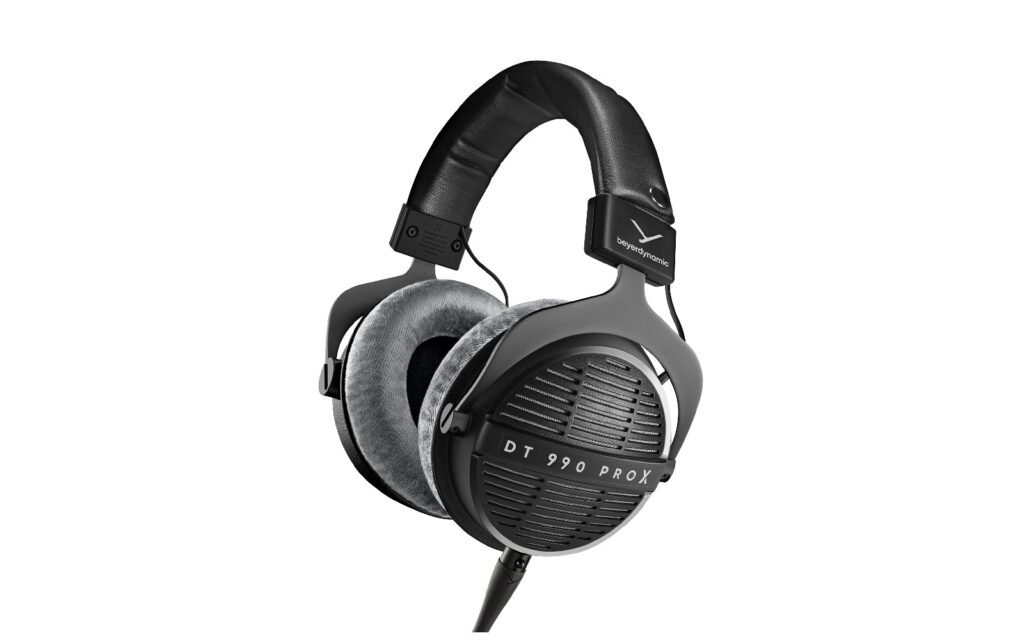Koala Audio | Expect to pay: A$169
Every so often, a musical product will break onto the market that really makes a splash – and not just among musicians. Audio units that are compact, feature-packed and quirky in their delivery generally tend to captivate the attention of mainstream consumers, and thus serve as an affordable gateway for many young minds to first experience the joys of musical creation.
It mightn’t look exactly like a conventional musical instrument, but the Orba by Artiphon could very well be the next biggest thing on the market. This pocket-sized device functions as a synthesiser, looper, MIDI and MPE controller, and heavily incorporates motion sensitivity into its operation; like a Wii remote, but far more musical.
Catch up on all the latest music gear reviews here.
Now, if that all sounds a bit too ambitious for you, it’s worth noting that Artiphon are no slouches in the motion sensitivity sector. The company’s first product, fittingly titled INSTRUMENT 1, was named as one of TIME Magazine’s best inventions of 2019, and also utilised motion sensitivity in its design, with players being able to strum, tap, bow, slide and drum any sound on the unit.
Interestingly enough, the Orba initially began in 2019 as a crowd-funded venture from Artiphon, who successfully raised over $1.4 million to commission the initial run of preorders and set a new global crowdfunding record in the process. Units began to ship globally in mid-2020, and now, the Orba has landed in Australia.
Before we explore the unit’s features further, it’s important that we delve into the specs of the Orba. This palm-sized device weighs as little as 160 grams, and boasts a sleek, ergonomic design that feels surprisingly rigid while in use. Sound is provided by a set of inbuilt active speakers and a three watt amplifier, and a single 3.5mm headphone output is provided for silent use or to hook up the Orba to an external speaker or amplifier.
The Orba makes use of a convenient USB-C port to record MIDI and audio, which is also used to charge the unit’s internal battery or install future firmware updates. Bluetooth LE MIDI is also offered for sending and receiving MIDI data wirelessly, however, it’s worth noting that this feature is currently unavailable for Windows 10 users.
Eight capacitive-sensing pads are placed on top of the unit to control the Orba’s internal synth sounds, with velocity control allowing you to create more organic sounding loops with ease. These pads are relatively straightforward to learn and use, and you’ll have a lot of fun as you make your way around the unit, seeing what’s on offer from each patch and playing with every little parameter.
Obviously, the Orba’s biggest drawcard is its motion sensitivity, which is performed via its accelerometer and inbuilt gyroscope. By making one of ten simple gestures – including tap, press, spin, radiate, tilt, shake, slide, vibrato, move, and bump – you’ll be able to modulate parameters such as volume, filters, envelopes and LFOs, as well as a number of other effects such as tremolo and pitch-shifting. The unit also cleverly makes use of LEDs to provide feedback, while a haptic engine creates game controller-like vibrations to make it all the more immersive.
Being able to experience music in such a multi-dimensional manner is truly impressive, and makes the Orba an absolute joy to use – even if you’re not actually making music with it. It’s a fascinating way to learn about the basics of synthesis in a practical manner, and would be perfect for use in any educational setting.
All of the Orba’s sounds are provided via the internal synth engine, which features sound design from acclaimed glitch artist Richard Devine. A diverse library of percussive, bass, pad and lead tones are provided to play with, ranging from vintage keyboards through to contemporary drums and beyond, while further content (including songs, sounds, settings and more) is available to access via the Orba mobile app.
In addition to its inbuilt synthesiser, the Orba features a looper that allows you to lay down drum, bass, chord and lead parts on top of each other to create basic song sequences. While capable of creating entire tracks, it’s more likely you’ll use this mode to map out ideas and toy with the Orba’s multidimensional capabilities, but it’s certainly a handy function to have.
The Orba’s MIDI functionality is also a standout feature, giving you the ability to incorporate its multidimensional abilities as a MIDI controller on all major DAWs and compatible mobile apps. Mixing some of the Orba’s control gestures with your favourite soft synths or sample libraries can make for some truly expressive and unique sounds, and the fact that the device is fully compliant with MIDI Polyphonic Expression (MPE) makes it all the more exciting to use.
Whether you think of it as a musical fidget toy, an educational device, a trusty tool for songwriting or even as a sophisticated production controller, there’s no denying the potential of the Orba. Rarely – if ever – has such a device delivered so much fun for so little coin, and the amount of features and functionality it offers is simply just a dream come true.
Artiphon is seriously on the verge of becoming one of the most impressive market disruptors in the audio industry, and the Orba is without doubt their best achievement to date.
Head to Artiphon for more information about Orba, and for local enquiries, get in touch with Koala Audio.
